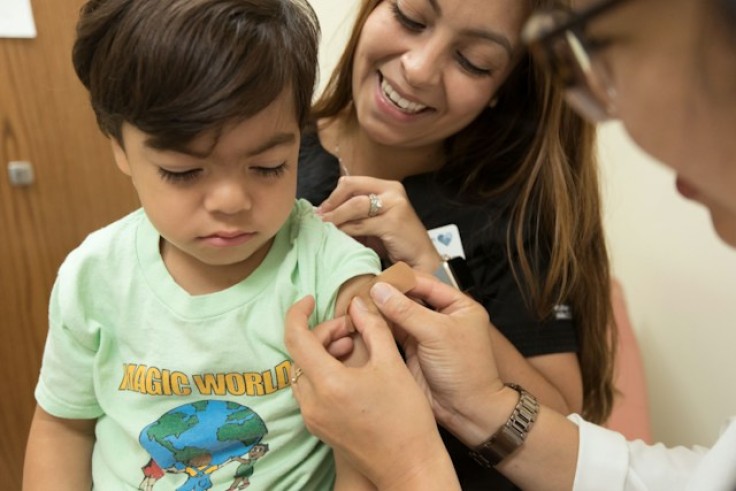
The recent surge in pediatric respiratory illnesses in Northern China, initially causing global concern, has been attributed to common seasonal pathogens, not any novel or unidentified agents, according to the World Health Organization (WHO). This revelation came during a teleconference with the Chinese Center for Disease Control and Prevention and Beijing Children's Hospital.
Teleconference Reveals Causes
The significant rise in cases among children, particularly since October, involves infections like Mycoplasma pneumoniae-a frequent bacterial infection in childhood. Additionally, increased incidences of respiratory syncytial virus (RSV), adenovirus, and influenza have led to more doctor visits and hospital admissions. Though these rises occurred earlier than usual, WHO clarified that such patterns are not unexpected, especially following the relaxation of COVID-19 restrictions.
This trend mirrors similar occurrences in other countries post-COVID-19 restrictions. Experts suggest that the "immunity gap" created due to prolonged social distancing and isolation measures might have left individuals, particularly children, more vulnerable to these infections.
Despite the surge, Chinese health authorities assured WHO that the healthcare system in the regions affected by this spike in respiratory illnesses is coping well. This assurance is significant, considering the initial fears that the outbreak might be due to a novel pathogen. WHO's monitoring, which includes reviewing Chinese surveillance data, indicates that the symptoms align with those of common respiratory infections.
In response, the WHO has recommended public health measures to mitigate the spread of infectious diseases in China. These measures include self-isolation when ill, appropriate mask-wearing, and maintaining proper hand hygiene. For travelers to China, WHO advises against travel if they are sick but does not recommend specific precautions or changes to travel plans for others.
Travel Advisory by WHO
WHO plans to continue its close communication with Chinese health officials, monitoring the situation and providing necessary updates. This approach demonstrates a commitment to public health safety and effectively addressing respiratory disease challenges, particularly among vulnerable children.
This situation highlights the ongoing global challenge of managing respiratory diseases, especially in the wake of the COVID-19 pandemic. It underscores the importance of international cooperation, timely information sharing, and public health preparedness in effectively tackling potential health crises. The collaborative efforts of WHO and Chinese health authorities in this instance exemplify a concerted approach to understanding and managing the health situation responsibly, emphasizing the need for continued vigilance and readiness to respond to evolving health threats worldwide.
Furthermore, it serves as a reminder of the complex dynamics of public health in the post-pandemic era. The easing of restrictions, while a step towards normalcy, also brings forth challenges such as the resurgence of other infectious diseases. This calls for a balanced approach to public health policy-making where vigilance against COVID-19 is maintained while also addressing other emerging health issues.
In conclusion, the current situation in Northern China is a crucial case study in understanding and managing respiratory diseases in children post-pandemic. It reflects the intricate balance required in public health strategies and the critical role of international collaboration in safeguarding global health.
Related Article: The Dangers of Newborn Babies Being Kissed by Other People